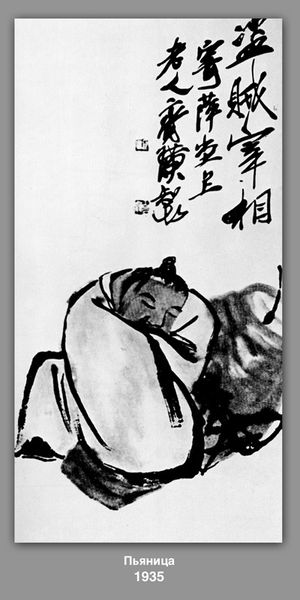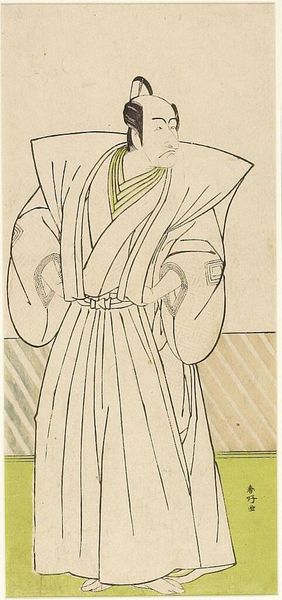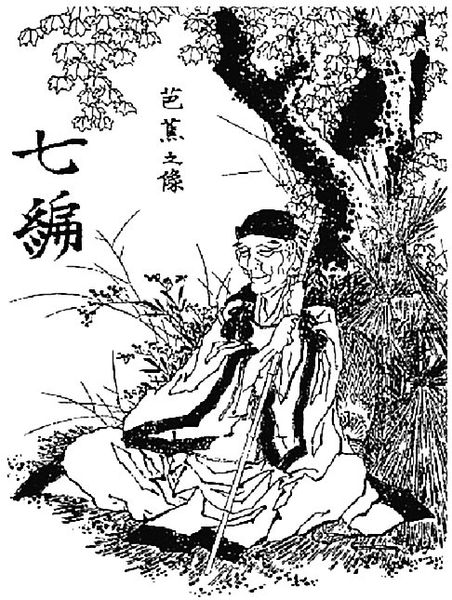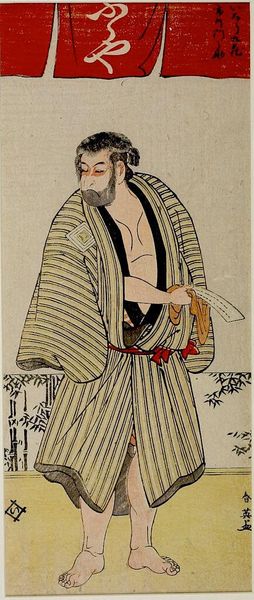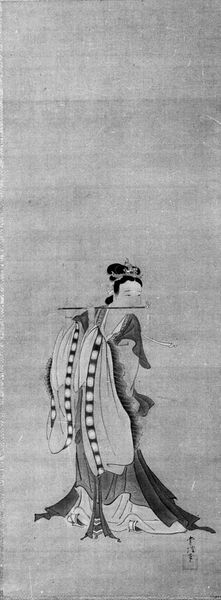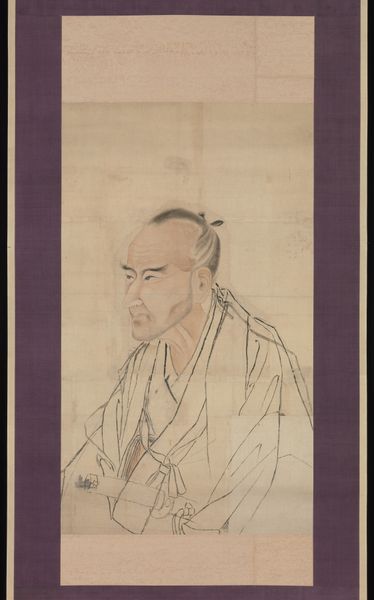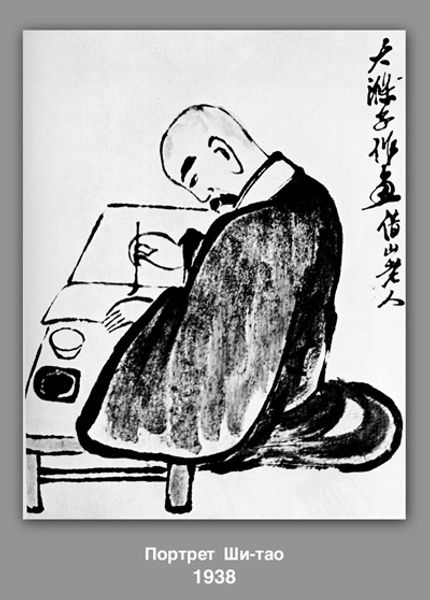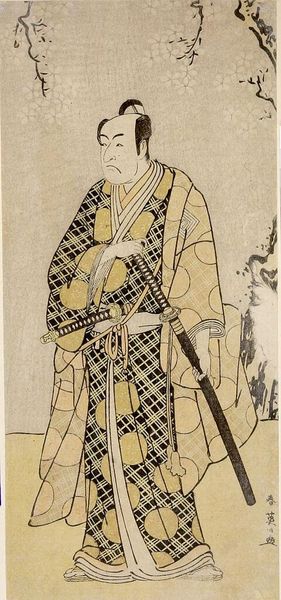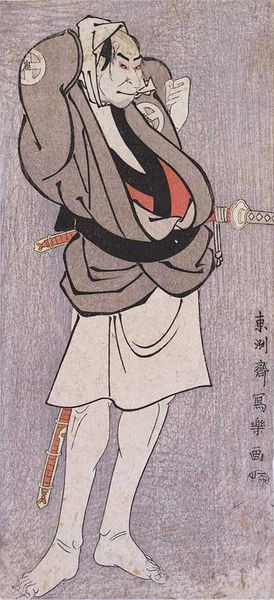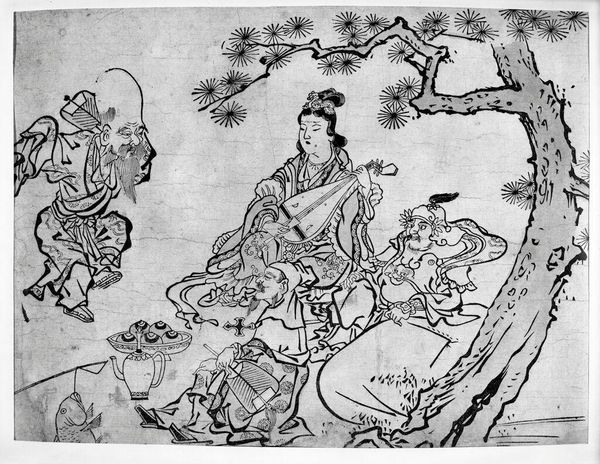
drawing, ink
#
portrait
#
drawing
#
asian-art
#
ink
#
abstraction
#
monochrome
Copyright: Public domain China
Editor: This ink drawing, titled "Seated Monk," was created in 1930 by Qi Baishi. The bold, contrasting strokes of ink give it a very modern feel despite its age, almost abstract in the robe's depiction. What structural elements stand out to you in this piece? Curator: I am immediately drawn to the composition; it's a sophisticated interplay of positive and negative space. Consider how the stark white backdrop accentuates the monk's form. Note the balance created by the concentration of ink on the lower right which anchors the otherwise asymmetrical design. Do you see the subtle variations in the ink density? Editor: Yes, the different gradations create depth, even though it's a monochrome piece. The sharp contrast creates a powerful visual. Is that common for the period? Curator: What’s striking here is less the period but more the handling of ink, the way he's using this single medium to generate texture and contour. Notice the controlled chaos of lines suggesting the robe's folds. Semiotically, these stark black lines on a neutral plane generate a meaning of form. Consider this structural economy of means – the minimum needed to represent the maximum effect. Editor: It's like he’s stripping away anything unnecessary to focus on the essence of the figure. What can you say about the lines representing the robe? Curator: Those lines are not merely descriptive. They’re expressive. Notice their thickness, their direction; how they curve and converge to create volume. We can understand them as an index of Baishi's gestures, a record of the artist’s movement and the force of his expression. The strategic use of 'nothingness' is as telling as every stroke. Editor: I hadn’t considered the space around the monk as deliberately integral to the composition before. Thank you. I’ll remember this next time I'm viewing abstract pieces. Curator: Indeed. Thinking structurally allows us to see past subject matter and delve into the visual language that makes the art so unique.
Comments
No comments
Be the first to comment and join the conversation on the ultimate creative platform.
